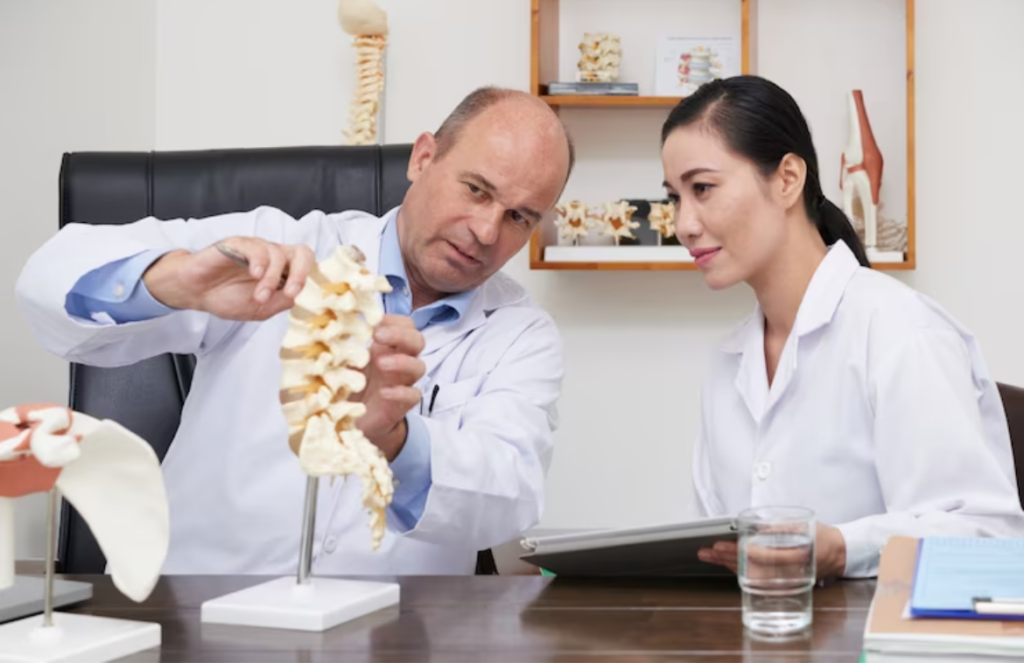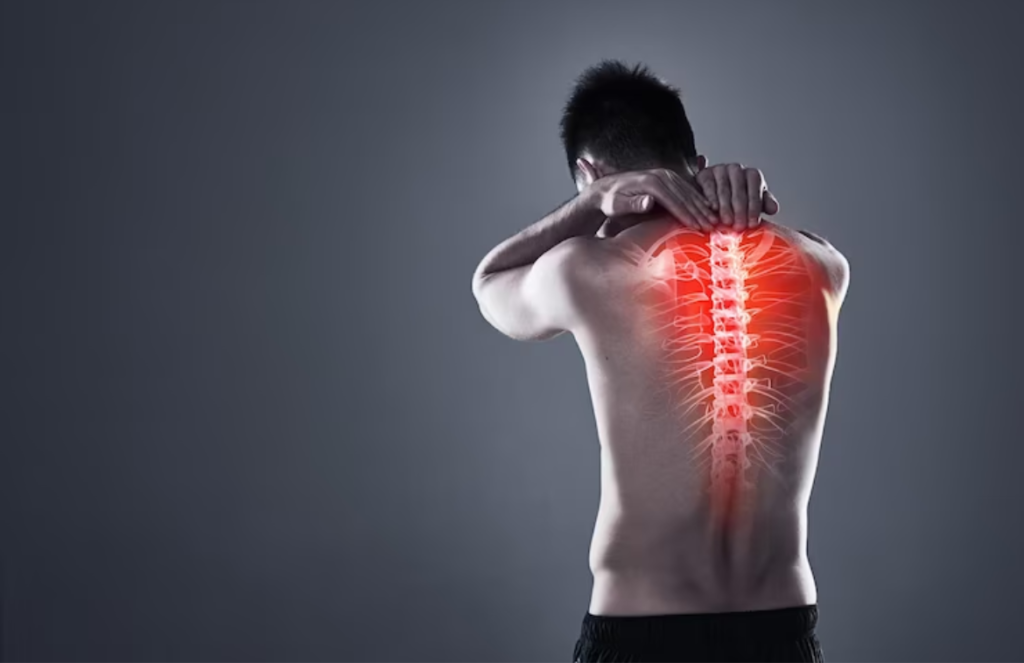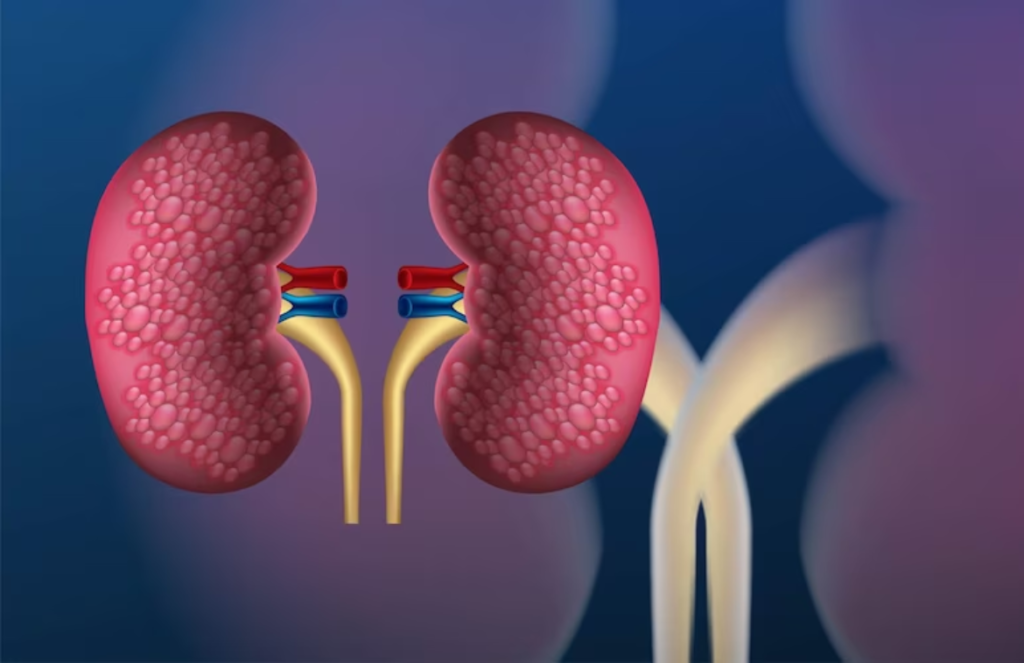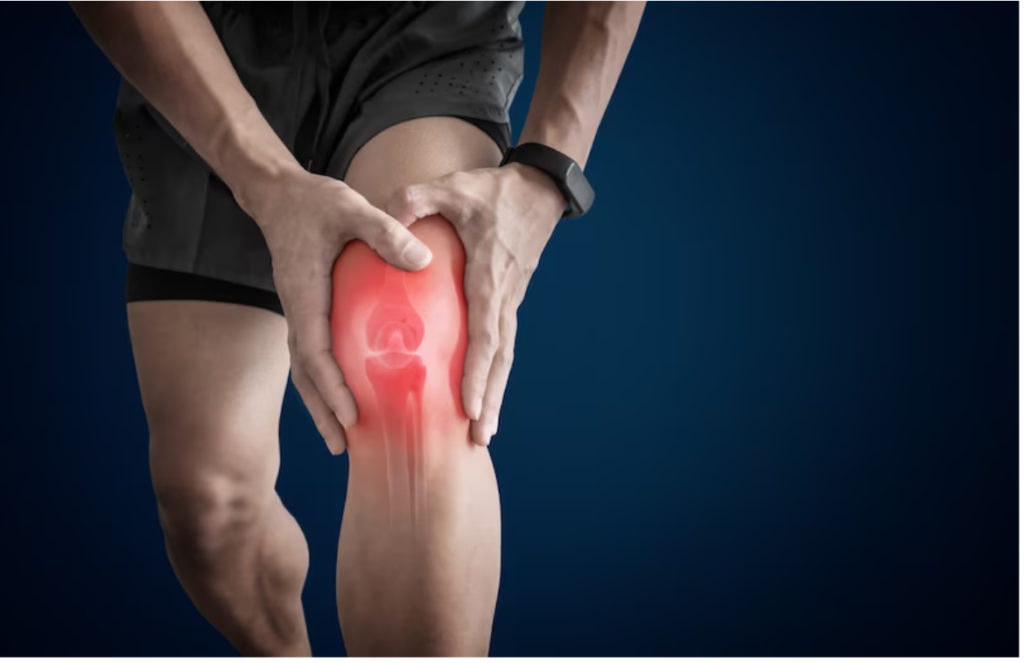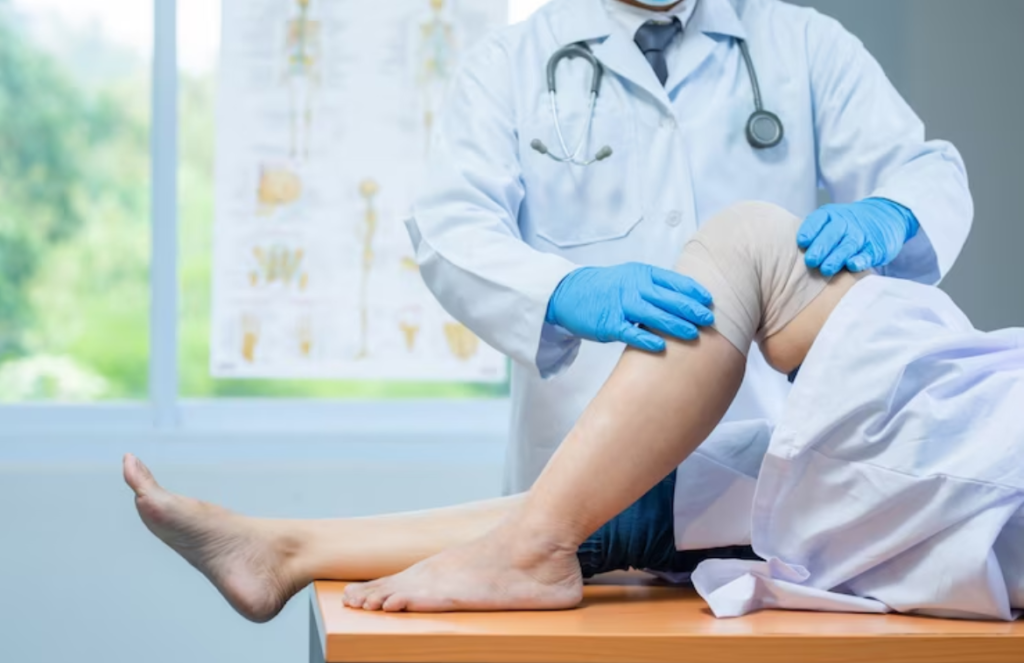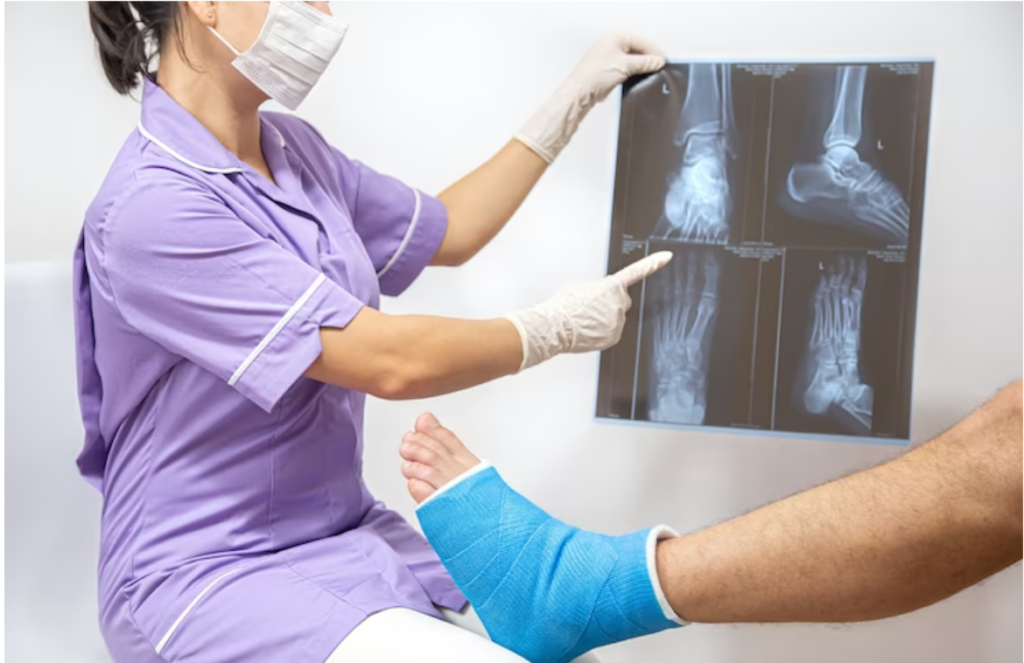Arthroscopic joint debridement is a sophisticated method of treating bone issues. It is a minimally invasive approach in the form of surgery. The surgery requires only small incisions.
Arthroscopic joint debridement happens to be a minimally invasive orthopedic surgery that does remove damaged cartilage or even bone. The procedure does entail a joint lavage or washout meant to remove debris around one’s joint, and any remaining loose fragments are surgically removed. The surgery does require only small incisions, so recovery time is indeed shorter than with an open surgery.
Arthroscopic surgery involves joint lavage or washout to remove debris around the joint. Any remaining loose fragments are surgically removed.
Focal cartilage lesions in the setting of early osteoarthritis (OA) are considered to be a common cause of pain and dysfunction. Clinical evaluation, which includes history, physical examination, and advanced imaging, along with understanding of the cellular and biomechanical properties of the osteochondral unit, do help guide the treatment of these lesions. In patients who fail non-operative treatment or those with mechanical symptoms, surgical options include arthroscopic lavage, debridement, chondroplasty, and microfracture.
If have knee osteoarthritis, the usual practice is that non-surgical, conservative treatments are initially used when attempting to manage it. When non-surgical treatments do fail, it means looking into joint surgery. Arthroscopic debridement happens to be a surgical option, but experts do suggest it be performed on certain patients and for the right reasons.
Understanding Arthroscopic Debridement
Arthroscopic surgery, or scoping the knee, is when the surgeon typically does a washout, known as a joint lavage, in order to remove any debris around the affected joint. If loose bodies or fragments remain after the lavage, they are removed.
Few years ago, arthroscopic debridement was rather common for osteoarthritis patients who found no relief from conservative treatment.
Few medical experts held the view that arthroscopic debridement worked by flushing fluid via the joint during the procedure to rid the knee of debris and possibly inflammatory enzymes. Others did believe the improvement was due to the removal of cartilage flaps, torn meniscal fragments, synovial tissue, and loose debris.
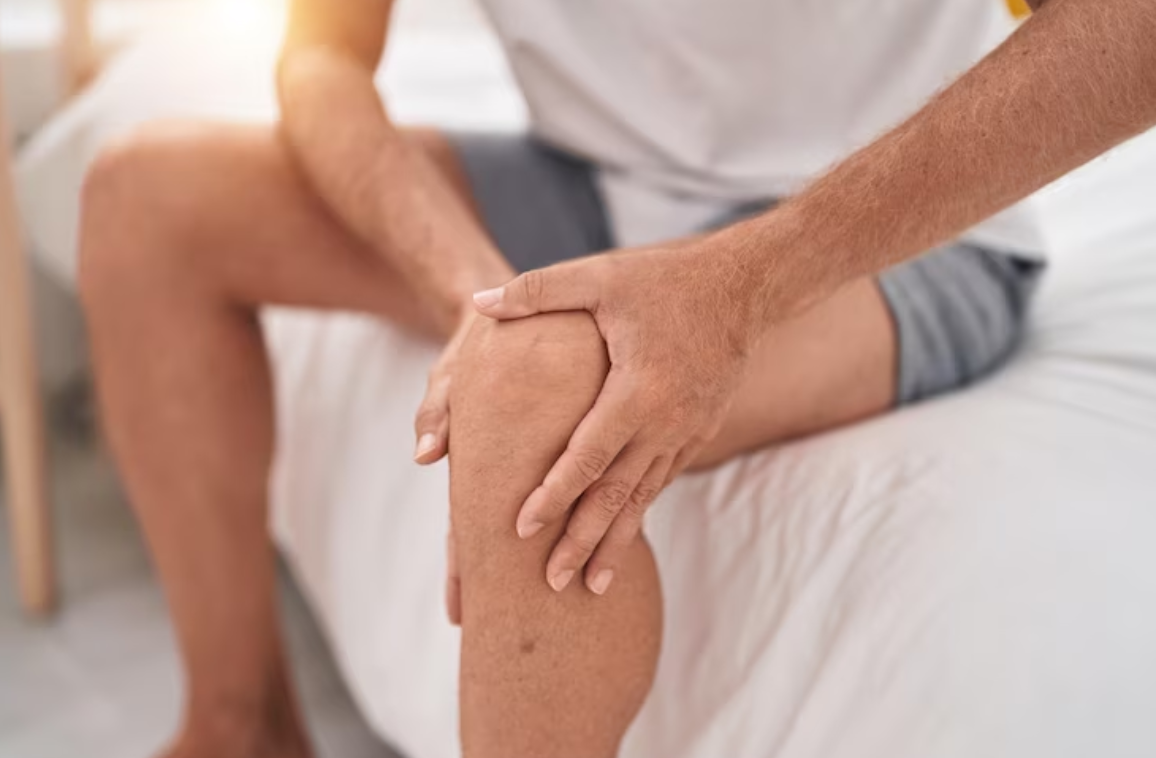
Researchers had even started to suspect that arthroscopic debridement was in fact no more effective than placebo, as they lacked any sound explanation for how or why it worked so.
A Cochrane Review of Arthroscopic Debridement
Other research since then has come to the same conclusion that there is not enough clinical evidence that arthroscopic debridement is effective for osteoarthritis of the knee, and it is not a recommended treatment.
There is, in fact, no evidence to show arthroscopic debridement is effective in treating osteoarthritis. Several studies have found scoping is no more effective placebo treatment.
A 2020 study did find people who underwent arthroscopic debridement for osteoarthritis in the knee were twice as likely to need a total knee replacement within five years as a control group.
The use of arthroscopic partial meniscectomy for middle-aged to older adults with knee pain is no doubt a most common surgical procedure.
There is, of course, significant overtreatment of knee pain with arthroscopic partial meniscectomy when alternative, less invasive, and less expensive treatment options are much more effective. First-line treatment of degenerative meniscus tears needs to be non-operative therapy, really focused on analgesia, and also physical therapy in order to provide pain relief as well as improve the mechanical function of the knee joint. Arthroscopic partial meniscectomy needs to be considered a last resort when extensive exercise programs and physiotherapy have been tried and failed.
Conclusion
Arthroscopic joint debridement is considered to be a minimally invasive orthopedic surgery that does remove damaged cartilage or bone. It is most commonly performed in order to help reduce the symptoms of arthritis so that the patient can regain much of the function of his or her knee while reducing pain.

